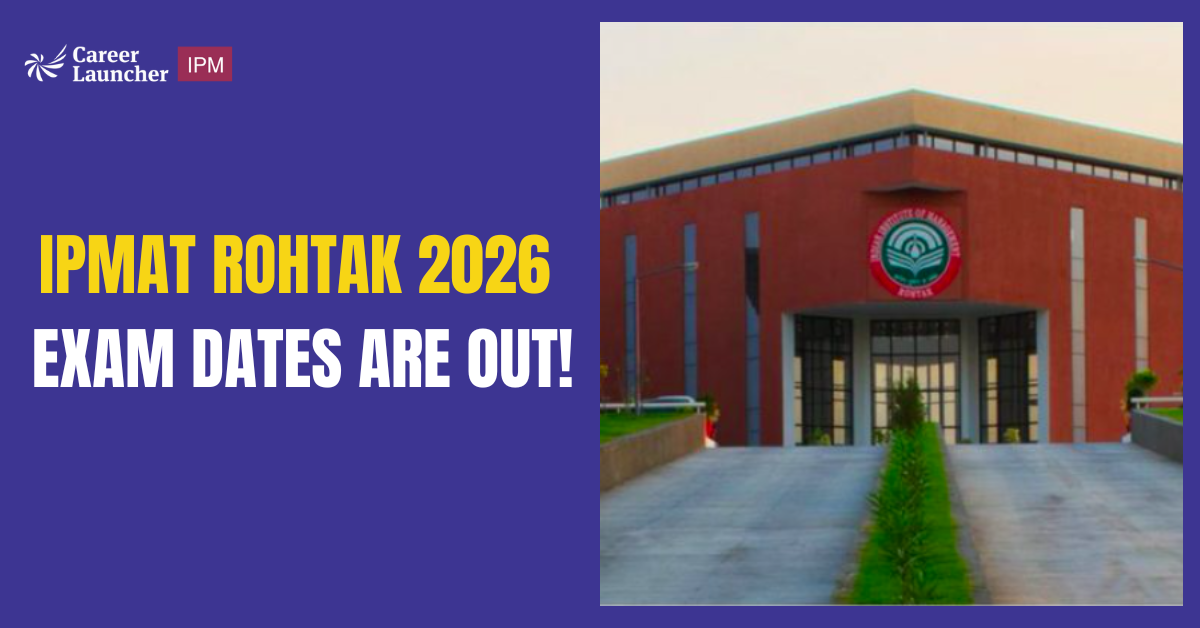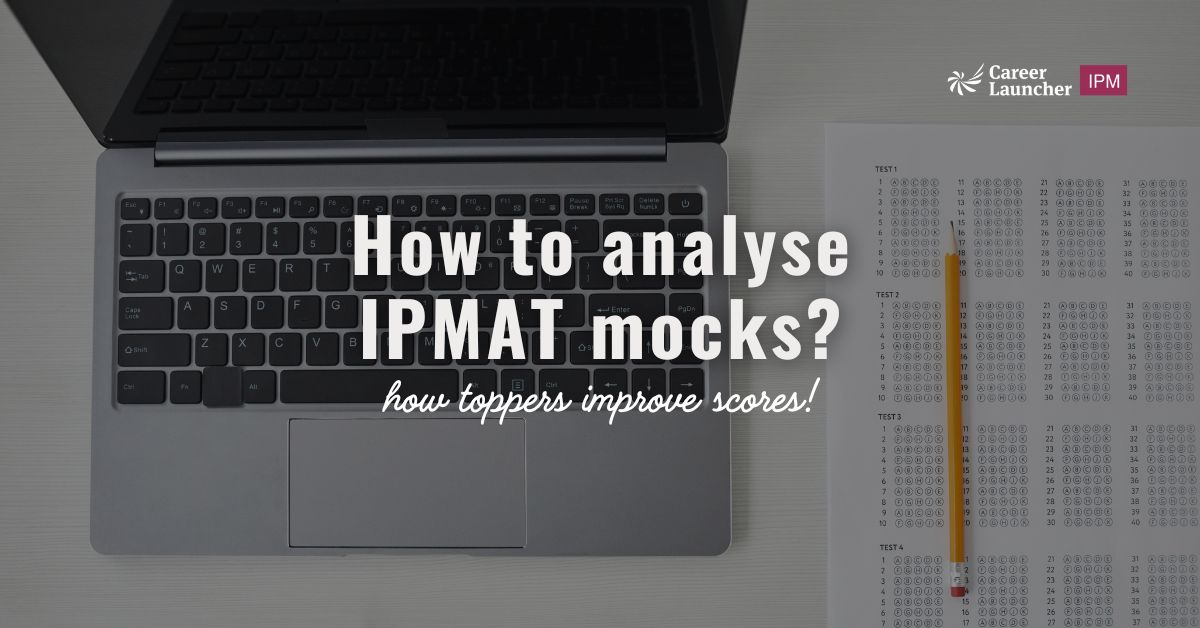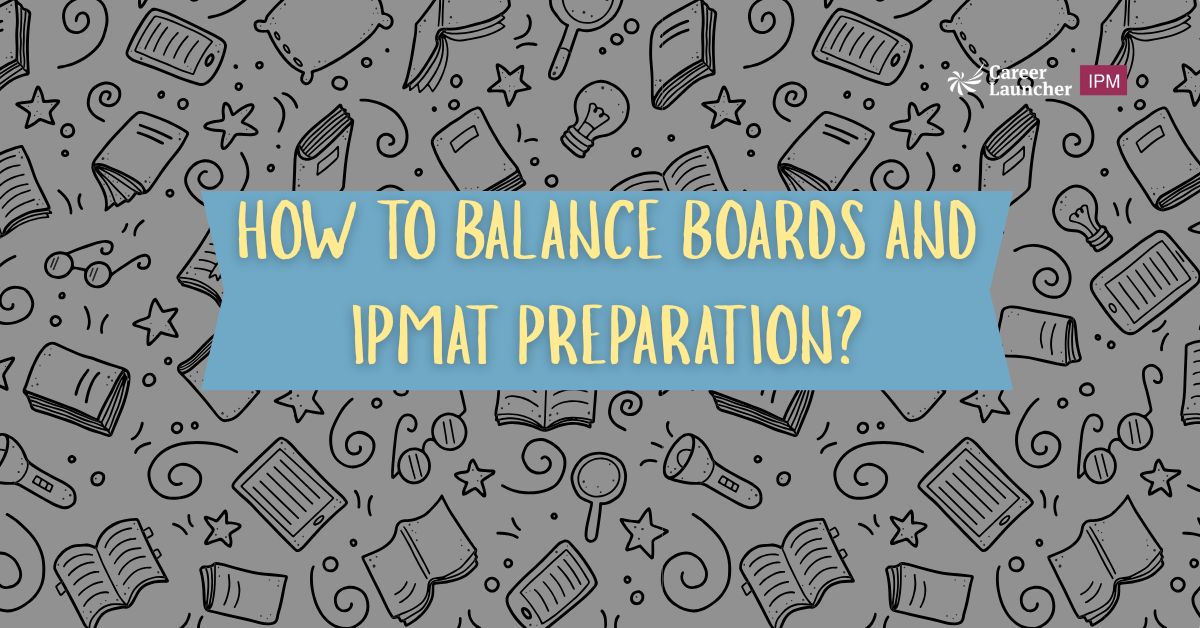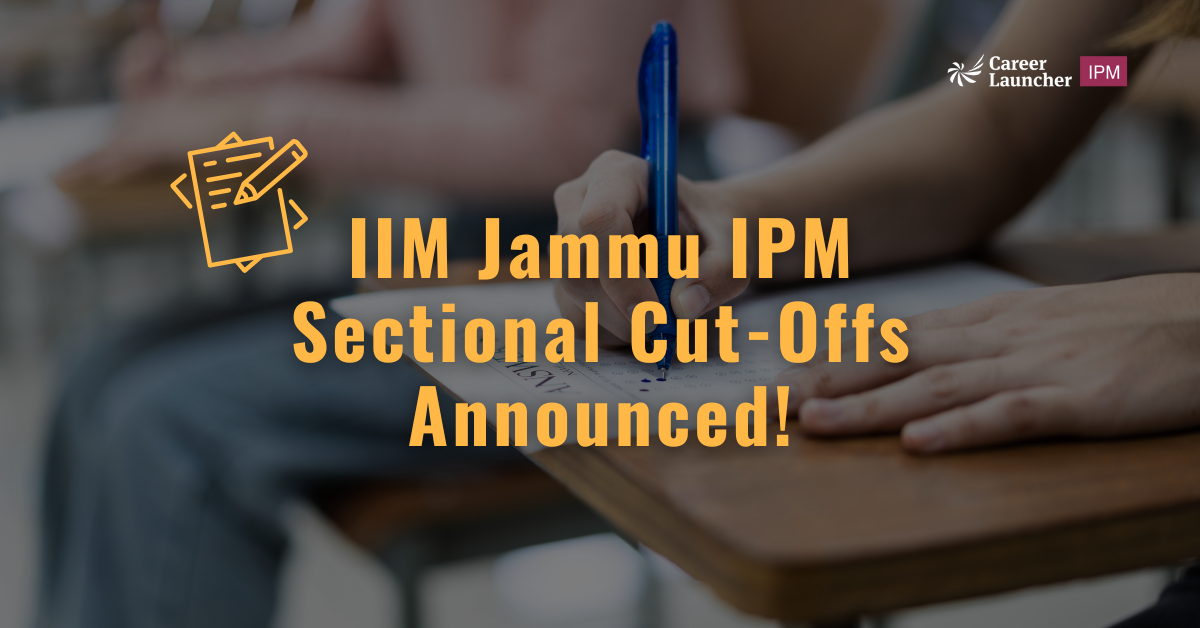The Integrated Program in Management Aptitude Test (IPMAT) is a crucial gateway to the prestigious five-year integrated management programs offered by various IIMs, including IIM Indore and IIM Rohtak. Acing the Quantitative Ability (QA) section is paramount for securing a good rank in IPMAT. The IPMAT Maths syllabus primarily draws from Class 9 to 12 Mathematics, encompassing essential areas such as Number System, Algebra, Geometry, Arithmetic, and Modern Math concepts.
While the official IPMAT syllabus is not explicitly detailed by the IIMs, renowned coaching institutes and past exam trends provide a clear roadmap for aspirants. This article delves into the IPMAT Maths syllabus for 2026, offering a detailed breakdown of topics, their weightage, and crucial insights to help you conquer this challenging section.
Table of Contents
Understanding the IPMAT Exam Pattern and Maths Section
Familiarizing yourself with the IPMAT exam structure, particularly the Quantitative Ability section, is the first step.
IIM Indore IPMAT Exam Pattern 2026
| Section | Questions | Type | Duration | Marking (+/-) | Max. Marks |
| Quantitative Ability SA | 15 | Short Answer | 40 minutes | +4 / -0 | 60 |
| Quantitative Ability MCQ | 30 | MCQs | 40 minutes | +4 / -1 | 120 |
| Verbal Ability | 45 | MCQs | 40 minutes | +4 / -1 | 180 |
| Total | 90 | 120 mins | 360 |
Key Point: IIM Indore’s QA section includes unique Short Answer questions without negative marking, demanding precision.
IIM Rohtak IPMAT Exam Pattern 2025
| Section | Questions | Type | Duration | Marking (+/-) | Max. Marks |
| Quantitative Ability | 40 | MCQs | 40 minutes | +4 / -1 | 160 |
| Logical Reasoning | 40 | MCQs | 40 minutes | +4 / -1 | 160 |
| Verbal Ability | 40 | MCQs | 40 minutes | +4 / -1 | 160 |
| Total | 120 | 120 mins | 480 |
Key Point: IIM Rohtak features a separate Logical Reasoning section, and its QA is entirely MCQ-based.
Detailed IPMAT Maths Syllabus 2026
The IPMAT Maths syllabus broadly covers topics from Class 9 to 12.
Arithmetic
This section is fundamental and carries significant weightage.
- Percentages: Calculations, increase/decrease, applications (e.g., sales tax, population).
- Profit, Loss & Discount: CP, SP, MP, successive discounts, margin, markup.
- Ratio & Proportion: Direct/inverse proportion, compound ratio, ages, partnership.
- Averages: Simple, weighted, average speed, missing values.
- Simple & Compound Interest: SI, CI calculations, differences.
- Time & Work: Individual/combined rates, efficiency, pipes & cisterns.
- Time, Speed & Distance: Formulas, relative speed, trains, boats & streams, circular tracks, races.
- Mixtures & Allegations: Mixing quantities, replacement problems.
Algebra
A crucial component requiring conceptual clarity.
- Algebraic Formulae & Identities: Basic expressions, factorization ((a+b)2,a3+b3).
- Linear Equations: Solving 1 & 2 variables, word problems, systems of equations.
- Quadratic Equations: Nature of roots, solving methods (factorization, formula), relation between roots and coefficients.
- Inequalities: Solving linear/quadratic inequalities, modulus inequalities.
- Logarithms: Properties, change of base, solving equations.
- Functions & Graphs: Basic understanding, domain, range, types of functions, graphing linear/quadratic functions.
- Progressions (AP, GP, HP): Nth term, sum of N terms for Arithmetic, Geometric, and Harmonic Progressions.
Geometry & Mensuration
Covers properties of shapes and area/volume calculations.
-
- Basics of Geometry: Lines, angles, triangles (Pythagoras, similarity, congruence), quadrilaterals, circles (chords, tangents, sectors).
- Polygons: Properties of regular polygons.
- Coordinate Geometry: Distance formula, section formula, area of triangle, straight lines, basic circles.
- Trigonometry: Identities and Equations
- Mensuration: Area of 2D shapes (triangle, circle, quadrilaterals), surface area & volume of 3D shapes (cube, cuboid, cylinder, cone, sphere).
- Height & Distance: Basic trigonometry applications (angles of elevation/depression).
Number System
Fundamental area for number properties.
- Properties of Numbers: Real, integers, rational/irrational, prime/composite, co-prime.
- Divisibility Rules: Rules for 2, 3, 4, 5, 6, 7, 8, 9, 10, 11, 12.
- HCF & LCM: Finding HCF/LCM applications.
- Remainders: Remainder theorem, cyclicity.
- Unit Digit: Finding unit digit of powers.
- Factors & Multiples: Number of factors, sum of factors.
- Surds & Indices: Properties of powers and roots.
- Simplification: BODMAS/PEMDAS.
Modern Math
Includes topics requiring counting and probability skills.
- Set Theory: Set operations (union, intersection), Venn diagrams.
- Permutation & Combination: Counting principles, permutations (arrangements), combinations (selections).
- Probability: Basic concepts, independent/dependent events, conditional probability.
- Sequences & Series: Advanced progressions, series summation.
- Determinants & Matrices: Basic operations, properties (primarily for IIM Indore, elementary).
- Calculus (Integration & Differentiation): Very basic concepts (primarily for IIM Indore, rare).
Data Interpretation (DI)
Application of math to interpret data.
- Tables: Reading and analyzing tabular data.
- Graphs: Bar graphs, line graphs, pie charts interpretation.
- Caselets: Data presented in paragraph form for analysis.
- Data Sufficiency: Determining if given data is sufficient to answer a question.
IPMAT Maths Topic-wise Weightage: A Data-Driven Approach
Prioritizing topics by weightage is crucial.
IIM Indore IPMAT Quantitative Ability Weightage (Approximate)
| Topic Category | Questions (Total: 45 QA Qs) | Weightage (%) |
| Arithmetic | 10-15 | 22-33% |
| Algebra | 8-12 | 18-27% |
| Geometry & Mensuration | 5-8 | 11-18% |
| Number System | 5-7 | 11-16% |
| Modern Math | 7-10 | 16-22% |
| Data Interpretation | 5-10 (1-2 sets) | 11-22% |
Note: Arithmetic and Algebra are dominant in both MCQ and SA sections.
IIM Rohtak IPMAT Quantitative Ability Weightage (Approximate)
| Topic Category | Questions (Total: 40 QA Qs) | Weightage (%) |
| Arithmetic | 15-20 | 37-50% |
| Algebra | 5-8 | 12-20% |
| Geometry & Mensuration | 3-5 | 7-12% |
| Number System | 3-5 | 7-12% |
| Modern Math | 5-7 | 12-18% |
| Data Interpretation | 5-10 (1-2 sets) | 12-25% |
Note: IIM Rohtak heavily emphasizes Arithmetic.
Key Differences: IIM Indore vs. IIM Rohtak Maths
| Feature/Topic | IIM Indore IPMAT (QA) | IIM Rohtak IPMAT (QA) |
| Question Types | MCQs and Short Answers (SA). SA requires precise numerical answers. | Only MCQs. |
| Logical Reasoning | No separate LR section, but some LR/DI within QA. | Has a dedicated Logical Reasoning section. |
| Higher Mathematics | May include concepts from Class 11/12 (Determinants, Matrices, basic Calculus). | Little to no emphasis on higher math concepts. |
| Difficulty Level | Generally slightly tougher, especially QA (MCQ) and SA. | Generally easy to moderate. |
Tips for Non-Maths Background Students
Achieving success is possible even without a strong math background.
- Start from Scratch: Thoroughly revise Class 8-10 NCERT Maths for strong fundamentals.
- Focus on High-Yield Topics: Prioritize Arithmetic and basic Algebra, which are more accessible and carry significant weight.
- Systematic Learning: Break down topics into small chunks, using online tutorials and videos that explain concepts from basics.
- Consistent Practice: Regular practice is vital. Don’t get discouraged by initial difficulties.
- Seek Guidance: Consider coaching or a tutor for personalized doubt clarification.
Recommended Books for IPMAT Maths
- NCERT Mathematics Books (Class 9, 10, 11, 12): Essential for conceptual clarity.
- “Quantitative Aptitude for Competitive Examinations” by R.S. Aggarwal: Good for foundational practice.
- “The Pearson Guide to Quantitative Aptitude for CAT” by Nishit Sinha: For advanced problems, especially for IIM Indore.
- Coaching Institute Study Materials: Comprehensive and tailored for IPMAT.
Frequently Asked Questions (FAQs)
Q1: Is Class 11 and 12 Maths mandatory for IPMAT?
A1: While not formally “mandatory,” topics from Class 11 and 12 Maths (e.g., Logarithms, P&C, Probability, basic Calculus for Indore) are part of the syllabus. Students without a math background in 11th/12th must study these specific topics.
Q2: How difficult is the IPMAT Maths section?
A2: It ranges from easy to moderate, with some challenging questions (especially IIM Indore’s SA and tricky P&C/Probability). Consistent practice and strong conceptual understanding make it manageable.
Q3: What is the ideal number of questions to attempt in QA to clear the IPMAT cutoff?
A3: This varies, but aiming to accurately attempt around 50-60% of the QA questions (with high accuracy) is a good target to clear the IPMAT sectional cutoff. For a strong overall score, aim higher.
Q4: Should I focus more on Arithmetic or Algebra?
A4: Both are crucial. Arithmetic often has a slightly higher weightage and forms the base for DI. A balanced approach is recommended, dedicating significant time to both.
Q5: Can I skip topics if short on time?
A5: Not advisable for entire high-weightage topics. If extremely short on time, prioritize core concepts within each topic and focus less on very advanced or rarely asked problem types.
Q6: How many mock tests should I take for IPMAT Maths Syllabus?
A6: As many as possible. Start taking full-length mocks 2-3 months before the exam (1-2 per week), increasing to 2-3 per week closer to the exam. Thorough analysis after each mock is vital.
By understanding the IPMAT Maths syllabus, focusing on high-weightage topics, practicing consistently, and strategically utilizing mock tests, you can significantly enhance your chances of excelling in the Quantitative Ability section and securing admission to your dream IIM.

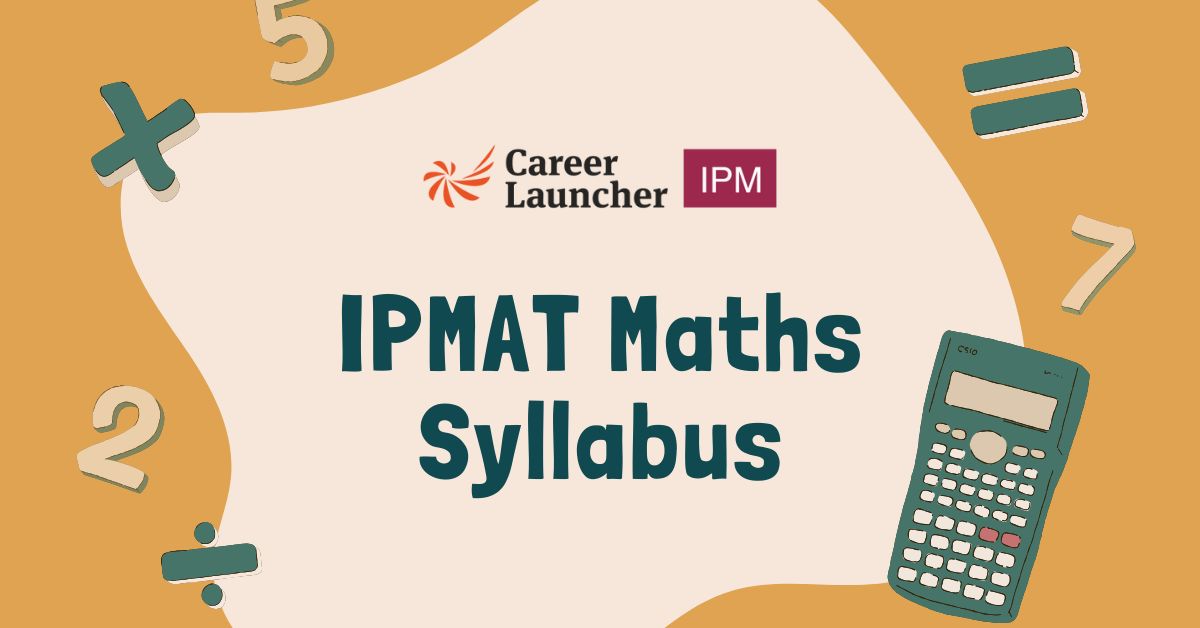

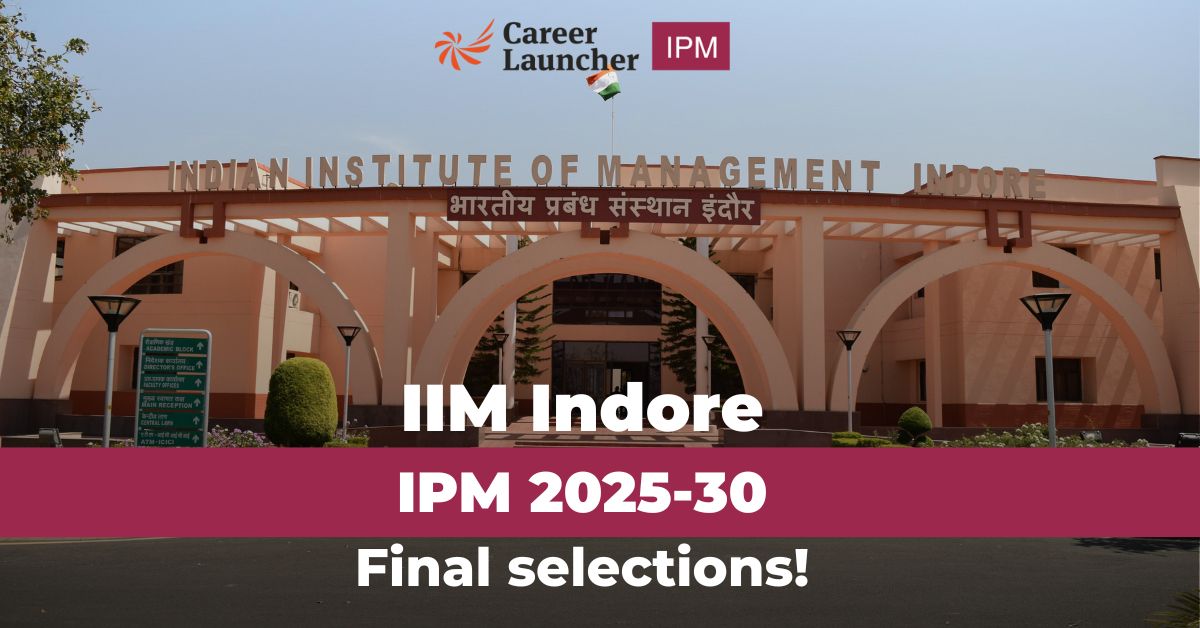


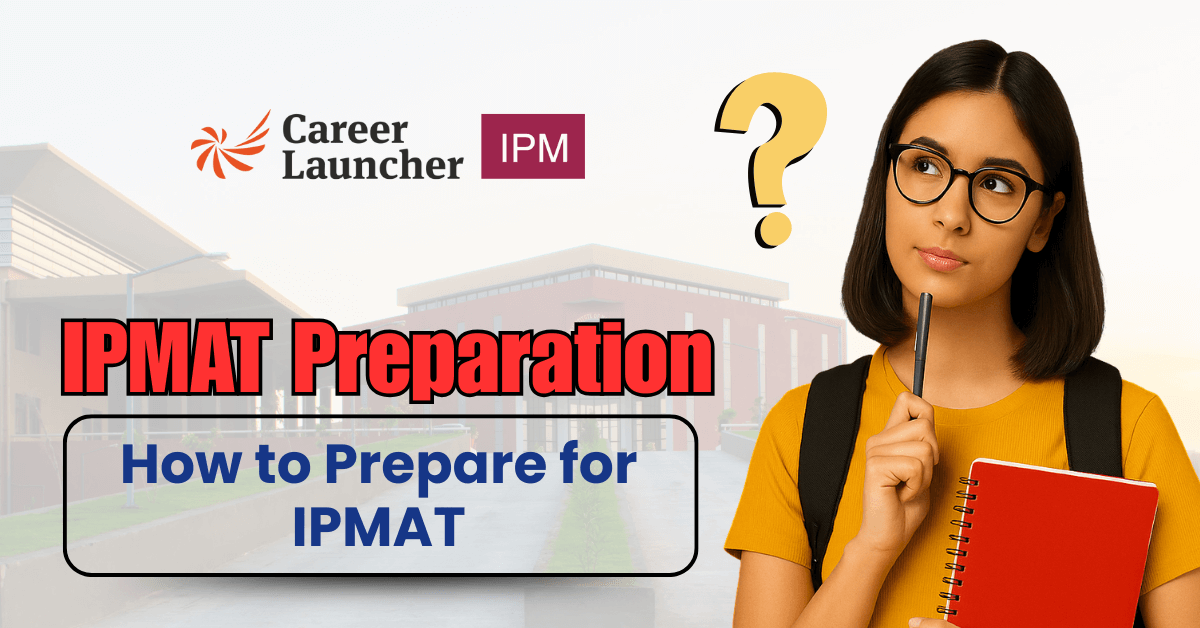
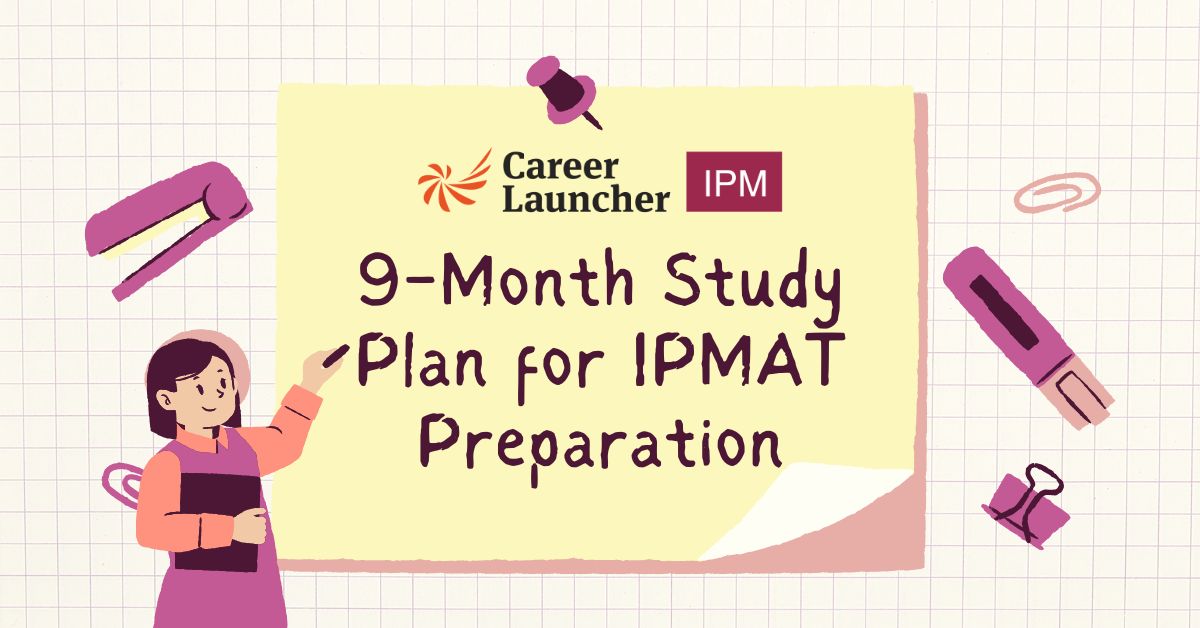
![IIM Ranchi IPM Cutoff 2025: IPM Ranchi Shortlists [OUT]](https://www.careerlauncher.com/blogs/wp-content/uploads/2025/06/IIM-Ranchi-IPM-Cutoff.jpg)

![JIPMAT 2025 Final Selections Declared! [IIM Bodh Gaya and IIM Jammu IPM]](https://www.careerlauncher.com/blogs/wp-content/uploads/2025/07/IPM-Blogs-16.jpg)
